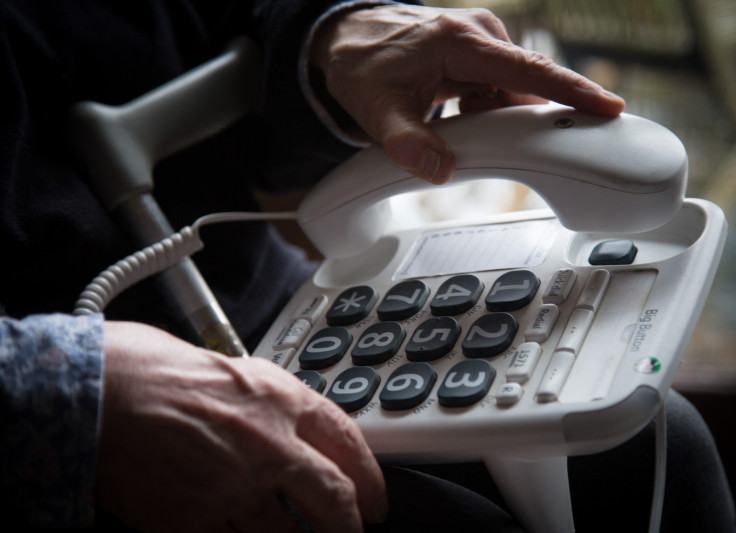Windows tech support scam 2017: Cybercriminals pranked by an army of automatic phone bot trolls
A man is running Windows Support scammers out of business by plaguing their phone lines with automatic calls.

Microsoft Windows tech support scammers are some of the worst cybercriminals in existence as they prey on people who aren't technically proficient, but a computer programmer has found a way to get rid of them – plaguing the scammers' call centres with thousands of automatic phone calls made by an army of bots.
Roger Anderson is a computer programmer who absolutely hates receiving endless unsolicited telemarketer calls. In February 2016 he got so fed up of this problem that he built an army of bots to intercept all automatic robocalls and deliberately waste the caller's time and money by keeping them on the line listening to a never-ending loop of inane pre-recorded phrases.
The solution was so well-received by the tech industry that Anderson set up the Jolly Roger Telephone Company to provide the service to both consumers and businesses, and even gave a TEDx Talk about how he created the bot army.
Fast forward 12 months, and Anderson has a new challenge. He wants to permanently eradicate the highly profitable nefarious fake Windows Tech Support scammers, and rather than waiting for them to call him and other victims, he's hunting them down.
How Windows Tech Support scams work
There are several different types of Windows Tech Support scams – one of the most popular is a nasty pop-up ad that takes over the user's screen if they accidentally click on a malicious link. The pop-up ad warns the user that their computer has been infected with a virus or malware and urges the victim to call a phone number immediately to speak with an official Microsoft representative, who will help to solve the problem.
As the pop-up ad makes itself full screen and pulls up an alert box that is very difficult to click away, this fake page can scare some users into making the phone call to the scammers' fake centre. The call centres are staffed by cybercriminal gangs who convince the user to let them remotely take control of the machine, and they then stop the pop-up ad and ask for compensation for removing the nonexistent malware, or encourage the user to buy their special antivirus software to protect themselves from future viruses.
Some people don't like spending money, so they might choose to hard restart their computers rather than make the call, so another form of the Windows Support scam that is particularly successful is a cold call from a Microsoft representative who tells the victim that they haven't updated their machine and that Microsoft has been alerted that the user's PC is now overrun with malware.
In a similar fashion to the other scam, the caller has to convince the victim to let them remotely control their computer over the internet, where they then install a program to pretend to be malware, show it to the victim as proof of the malware, and then ask the victim to pay a fee to have the malware removed.
To solve this, Anderson has set up an army of bots that will repeatedly call any phone number they are given. If your phone lines receive thousands of automatic calls per minute, you won't be able to use the phone lines to dial out, so when Anderson received one of those nasty pop-up ads, he programmed his bot army to blast the call centre with automatic calls. After 300 calls, the scammers disconnected the phone number.
"As fast as you can report fake 'you have a virus call this number now' messages to me, I will be able to hit them with thousands of calls from bots. It's like when the pirate ship turns 'broadside' on an enemy in order to attack with all cannons simultaneously. I'll calling it a "Broadside" campaign against Windows Support and the fake IRS," Anderson writes in a blog post.
© Copyright IBTimes 2025. All rights reserved.






















